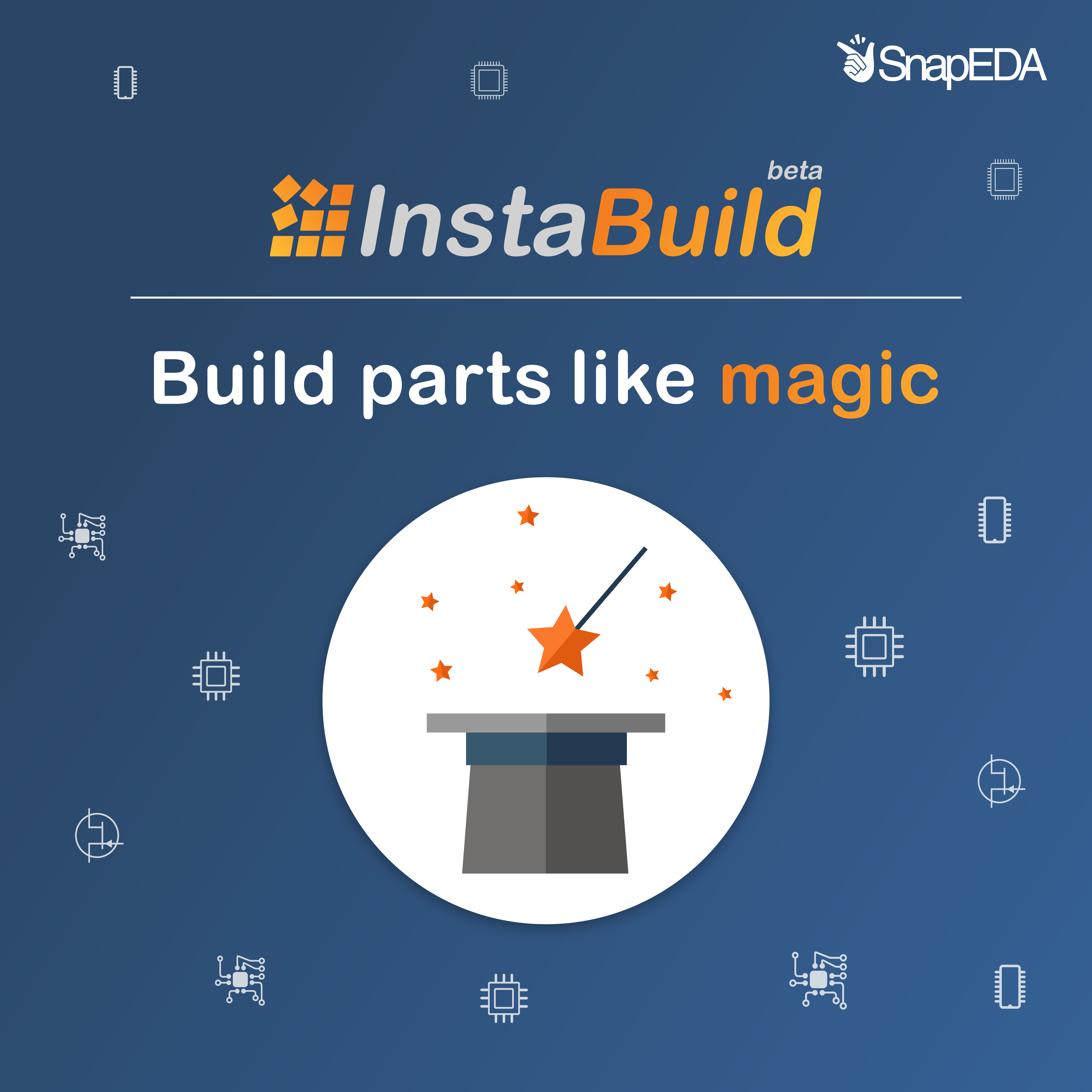Engineer Spotlight: Derek Smith of Tesla Controls
June 13, 2017The SnapEDA Team
Name
Derek Smith
Company
Role
CEO Chief Dancer
Location
Sunny San Diego, CA
Hi Derek. Which tools do you use for circuit board design?
Derek: Altium – It’s very fast and easy to generate high quality output. Also, I work on many projects with mechanical engineers and being able to output STEP files is a must. Altium is to Eagle like a Nail Gun is to a hammer. Both will put in nails, but one is faster than the other.
What are you currently working on?
Derek: I’m working on a data logger that will prevent spoilage of wine, and a new wireless module, and a medical instrument.
“Good engineers design quality products. Great engineers design products that sell.”
Derek: The medical instrument was a lot of work – 7 custom PCBAs, and 29 different sensors/cables. The PCBAs were the easy part; most of the work was integrating with the mechanical designers and all the cable assemblies.
Do you have any words of wisdom for EEs, or those wishing to pursue a career in our industry?
Derek: EE should know how to program: learn C, Java, etc. mostly C though. Firmware engineers should know how to solder. They don’t need to be great, but good enough to remove a component or so.
Here are some other tips:
- Don’t be afraid to pick up the damn phone. Sometimes the best response to an email is a phone call.
- Know what makes the company money. Hint: it’s sales. Good engineers design quality products. Great engineers design products that sell.
- 90% of errors are in footprints and schematic symbols, so check these thoroughly.
- Processes reduce making the same error twice. I’ve designed close to 100 boards, and still I have a release checklist to ensure that I don’t forget something. Automate as much as you can.
- Make sure that every part you choose is in stock somewhere.
What does your design flow look like?
Derek: In general, it looks as follows:
- Create schematic, and all components, including footprints
- Place components on the PCB, and route. Sometimes this means changing the schematic
- Once done with routing, do a double check of footprints. By now you hope to forget enough about the component so that it’s a fresh set of eyes.
- Generate gerbers and send to www.freedfm.com for an outside check
- Generate PCB fab drawing, assembly drawing, 3D renderings, IPC netlist, Schematics, BOM, etc. and send the whole package out for quote.
“The reason I chose to design products is that I always wanted to build something that I could hold”
What inspired you to get into electronics?
Derek: I always liked taking things apart as a kid. The reason I chose to design products is that I always wanted to build something that I could hold; not just say I designed some small part of a cell phone chip or something like that.
Is there anything else you’d like to share?
Derek: The reason I’m good at what I do is not because I’m smart, but because I’ve made a lot of mistakes and learned from all of them.



